Architecture
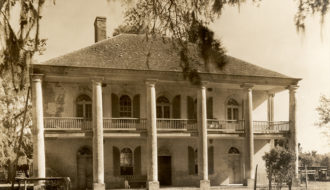
Chretien Point Plantation
Chrétien Point, the center of the Civil War's Battle of Buzzard's Prairie in 1863, is rumored to have been spared when its owner, Hypolite Chrétien II, gave the Masonic sign.

Chrétien Point, the center of the Civil War's Battle of Buzzard's Prairie in 1863, is rumored to have been spared when its owner, Hypolite Chrétien II, gave the Masonic sign.
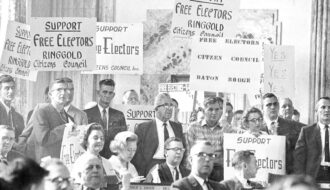
Citizens’ Councils were a loose network of white supremacist, segregationist organizations in the South that organized to preserve segregation.
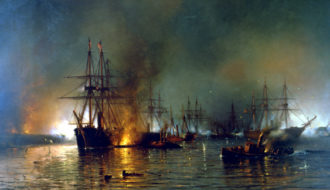
The years between 1861 and 1865 were the most tumultuous five-year span in Louisiana history.

Louisiana seceded from the Union, sent thousands of Confederate soldiers out of state, witnessed occupation, and saw the emancipation of more than 300,000 enslaved people.
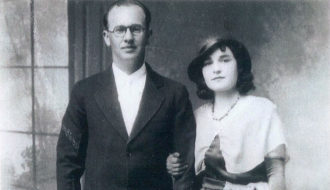
Musician and singer Cléoma Breaux Falcon recorded the first Cajun record with her husband, Joseph Falcon.
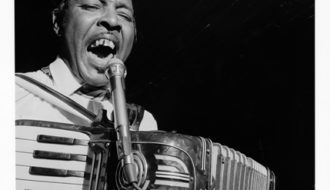
Clifton Chenier, self-proclaimed “King of the Bayou,” pioneered the modern sound of zydeco music starting in the 1950s.

Climate migration occurs when people move away from home due to extreme environmental conditions worsened or caused by climate change, such as hurricanes, coastal erosion, sea level rise, flooding, and fires.
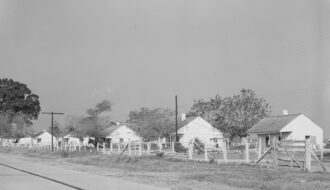
A civil rights unionist from Pointe Coupee Parish, Clark faced frequent violence in his efforts to organize tenant farmers.
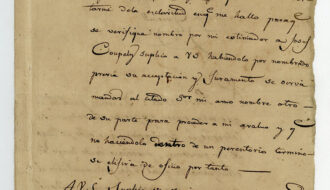
Coartación was a legal framework during Spanish colonial rule in Louisiana that allowed enslaved people to purchase their freedom.
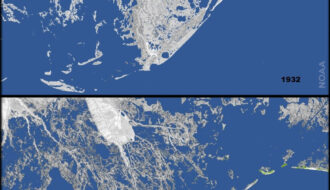
The gradual loss of Louisiana’s coastal wetlands is a slow-moving disaster largely set in motion by a series of human interventions in natural processes.
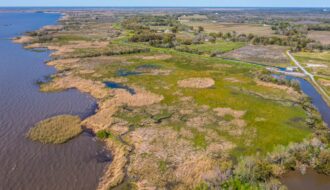
In response to decades of warnings about land loss, Louisiana released its first Coastal Master Plan in 2007.

For a state experiencing land loss at an alarming rate, coastal restoration has become an urgent need.
One-Year Subscription (4 issues) : $25.00
Two-Year Subscription (8 issues) : $40.00
